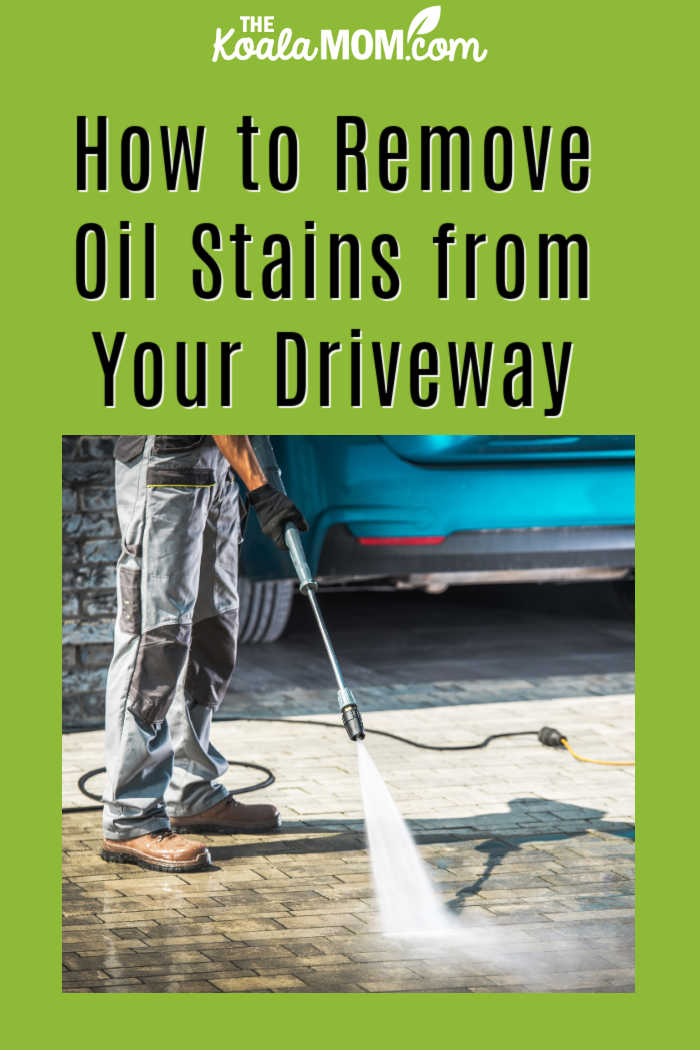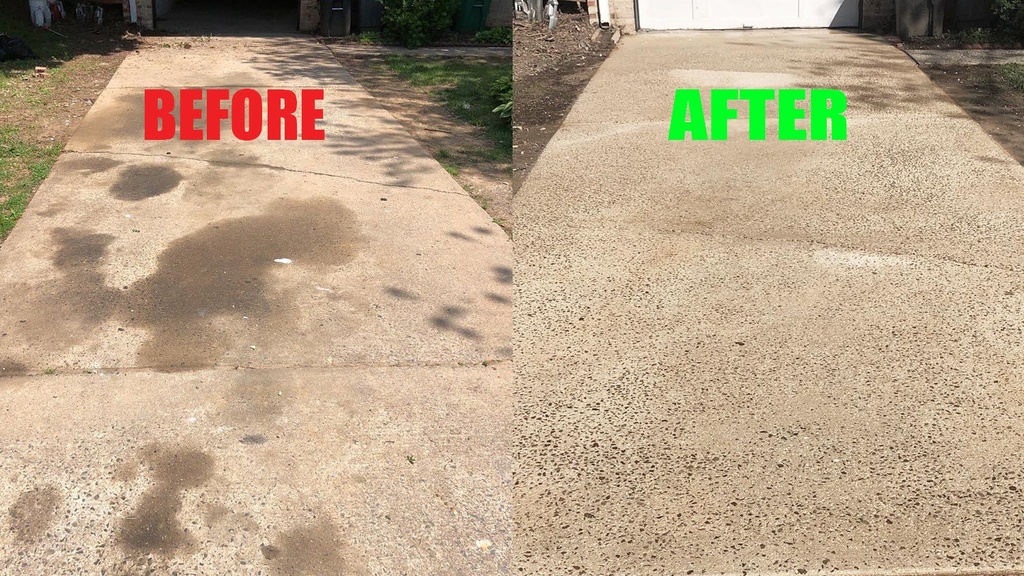Basic Actions for Successful Oil Discoloration Removal From Vehicle Surfaces
Reliable oil discolor removal from car surfaces is critical for keeping both looks and value. Recognizing the type of tarnish and the product affected can dramatically affect the cleansing procedure. By employing the right methods and materials, one can attain acceptable results without compromising the integrity of the car's coating. Nonetheless, the method to pre-treatment and the choice of cleansing agents can vary widely, bring about various end results. As we discover these important actions, it comes to be obvious that interest to information is paramount for success. What specific techniques can guarantee optimum lead to this endeavor?
Examining the Spot Type
When taking on oil stain elimination from automobiles, it is important to first examine the kind of discolor existing. Oil stains can differ significantly based on their origin, age, and the surface area they have actually passed through. Usual resources of oil discolorations consist of engine oil, transmission liquid, and even cooking oil, each possessing distinct attributes that affect the elimination process.

In addition, take into consideration the place of the discolor. Strongsville Fleet Washing. Spots near the engine area may suggest a leak, while those below the vehicle can arise from spills or drips. By properly determining the discolor's beginning and problem, automobile proprietors can select the most reliable removal techniques, making certain successful outcomes without triggering more damage
Event Necessary Materials
Getting ready for oil discolor elimination involves collecting the necessary materials to make certain a reliable and safe cleansing procedure. The right devices and materials can make the difference in between an effective end result and additional damages to your lorry's surface.
Begin by acquiring absorbent products such as paper towels or rags, which will assist in blotting up excess oil. A bucket for blending cleaning options is likewise necessary. For the cleaning up agents, think about a degreaser particularly formulated for vehicle surface areas. Meal soap thinned down in warm water can serve as a gentle choice for lighter stains.
A soft-bristle brush or sponge will be needed for applying the cleaning service without scratching the surface area. Additionally, rubber handwear covers should be put on to shield your hands from harsh chemicals, while safety and security goggles can safeguard your eyes from splashes.
Lastly, a hose or stress washer is suggested for rinsing the location thoroughly after therapy. By setting up these products before starting the cleansing procedure, you set the phase for efficient oil discolor elimination, making certain that the vehicle's exterior continues to be untouched while recovering its appearance.
Pre-Treatment Actions
With the necessary materials assembled, the focus moves to the pre-treatment steps that will certainly aid optimize the oil tarnish removal process. Initially, it is vital to determine the sort of surface area impacted by the oil discolor, as different materials might need tailored strategies. Strongsville Fleet Washing. Tidy the area around the stain with water and mild soap to eliminate any type of dust or debris, which can impede the performance of the stain elimination technique
Next, analyze the oil tarnish's age and deepness. Fresh discolorations usually react much better to treatment than older ones, which may have permeated the surface area a lot more deeply. For older stains, think about saturating the location lightly with a suitable solvent, guaranteeing that it does not harm the underlying material.
As soon as the surface area is prepared, blot the stain delicately with a clean, dry fabric or paper towel to take in excess oil. Prevent massaging, as this can spread the discolor further. Lastly, guarantee the area is well-ventilated, particularly when making use of chemical services, to keep safety and security and efficiency. These pre-treatment actions lay the foundation for successful stain removal, setting the phase for the next phase of the process. their website
Cleaning Approaches to Make Use Of
Efficient cleansing approaches are crucial for effectively eliminating oil discolorations from automobiles. Use the degreaser generously to the tarnished area, guaranteeing it covers the oil spot entirely.
Following, utilize a stiff-bristled brush or a sponge to fluster the area gently. This action will help raise the oil from the surface area. For harder discolorations, take into consideration using a mix of baking soda and water to create a paste. Apply this paste directly onto the discolor and scrub with the brush, allowing the baking soft drink to take in excess oil.
After scrubbing, wash the area thoroughly with water to remove the degreaser this page and any remaining deposit - Strongsville Fleet Washing. Repeating the procedure might be necessary if the stain persists. For delicate surfaces, constantly examine any kind of cleansing solution on a low-profile area prior to complete application. Complying with these approaches will certainly guarantee an extra efficient oil tarnish removal, recovering your vehicle's appearance.
Post-Cleaning Treatment Tips
After successfully eliminating oil stains from your vehicle, applying appropriate post-cleaning care is important to keep its look and prevent future stains. Beginning by using a premium wax or sealant to the affected area. This develops a safety obstacle versus environmental impurities, including oil. Regular waxing not only boosts the car's shine however also makes succeeding cleansing simpler.
Following, think about parking your automobile in shaded areas or using a cars and truck cover to decrease exposure to sunlight and harsh weather. This will aid protect the stability of the paint and reduce the chance of future discolorations establishing in.
Additionally, maintain a close eye on areas where More hints oil leaks might happen, such as the engine area and undercarriage. Routine inspections can help you determine possible leakages before they end up being bothersome.
Conclusion

When taking on oil tarnish elimination from cars, it is crucial to initial evaluate the kind of stain existing. Typical resources of oil discolorations include engine oil, transmission liquid, and also cooking oil, each having distinct attributes that influence the removal procedure.
Fresh oil spots usually show up darker and slick, while older stains may be lighter and extra absorbed into the surface. Tidy the area around the tarnish with water and moderate soap to get rid of any kind of dust or debris, which can hinder the effectiveness of the discolor elimination strategy.
After efficiently eliminating oil stains from your lorry, implementing proper post-cleaning care is important to preserve its look and prevent future stains.